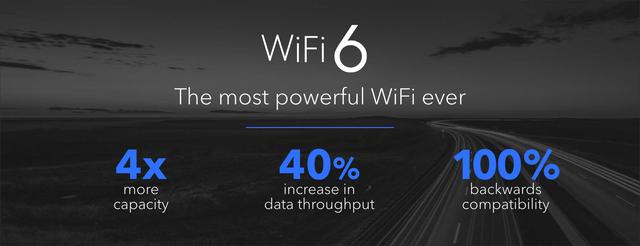The NETGEAR LAX20-100AUS AX4 4G router is for temporary rental installations, grey nomads, worksheds, and a fall-over for a home Wi-Fi system.
It is a worthy piece of kit – well-made and certainly the NETGEAR pedigree we expect. It has all the current 4G LTE bands 1, 3, 5, 7, 28 and 40 and 3G fallback 1, 3, 5, and 8. But make sure you buy it here as the international version only supports band 7! You can identify the Australian version by the RCM C-tick under the router, or the package must have LAX20-100AUS.
And its AX1800 (600/1200 2.4/5Ghz), so it has plenty of speed and coverage for a small home or large van.
Our only caveats – more buying advice – is that
NETGEAR LAX20-100AUS AX4 4G LTE router
Setup
Screw on the two Wi-Fi antennas (it is a 4-stream). Insert your data SIM (or connect via Ethernet). Power up and wait for the power, internet, 2.4GHz and 5GHz lights to come on. You can wall-mount it.
Assuming you know a little about routers, and you can access them via the IP address (192.168.1.1), or via an app (Nighthawk) there is very little to do. Change the Admin password and the 2.4GHz/5GHz SSIDs/passwords, and that is it.
There are three LTE settings – mobile-only, Ethernet first and mobile fail-over and disable mobile (which defeats the purpose).
A speed test (we suspect Telstra Band 3) at -70dBm was 11/7Mbps/20ms (Download/Upload/lag). A mobile phone test of Telstra Band 3 at 16/14Mbps /38ms was faster. Hence our caveat on mobile speed if you are using it in place of fixed NBN.
Ports
External LTE antenna ports
There are two LTE TS9 antenna ports but remember that external aerials are made for specific Telco bands and need a relatively short cable length (as the signal strength quickly deteriorates). To be clear:
2100MHz (B1) – Telstra, Optus, Vodafone1800MHz (B3) – Telstra, Optus, Vodafone850MHz (B5) – Vodafone2600MHz (B7) – Telstra, Optus, Vodafone900MHz (B8) – Telstra, Optus, Vodafone700MHz (B28) – Telstra, Optus, Vodafone2300MHz (B40) – Optus

Router performance
-dBm (0-100+ lower is better) and Mbps (higher is better)
If you have a Wi-Fi 6 device, it should connect at up to -24dBm 1200Mbps at 2m from the router. If you have a Wi-Fi 5 AC device, it has a maximum of 866Mbps. PASS
But the dual antennas don’t quite have the signal strength, and at 5m it is -50dBm 716Mbps, and at 10m, it is -59 and 216Mbps. Still, for a single-level apartment with up to 10 connected devices, it is fine. We suggest connecting bandwidth-hogging devices like the TV via Ethernet.
Access point – not mesh
It can be used as an Ethernet wired Access Point with a separate SSID but does not support mesh to another NETGEAR router. Our pick is the NETGEAR Nighthawk AX8 for mesh.
GadgetGuys take
The NETGEAR LAX20-100AUS is a fine AX1800 (600/1200Mbps) router with 4G LTE connectivity. If you remember the caveats about 4G speeds and data costs, it gets our recommendation, especially over the more portable 4G modem/routers.
We recommend this for fixed setups as 240V power is required. If you use it on the move, invest in a good external MIMO antenna.
But I can’t help feel that this may be a short-lived product. Already NETGEAR has a 5GM5 5G Wi-Fi 6 AX1800 Mobile Router, although it is $699 and only for Telstra. That means hugely expensive data costs – $55/75GB per month.
The moral of the story – get NBN if you can and perhaps Starlink satellite when it is ready.








